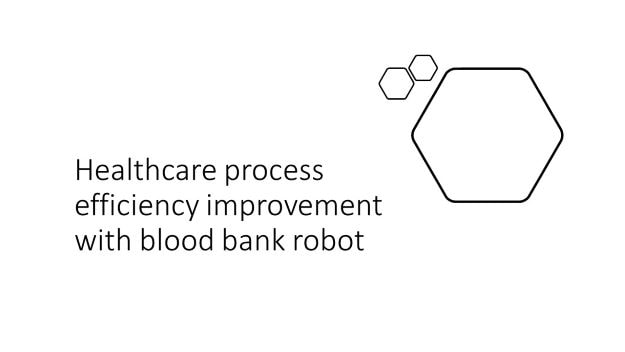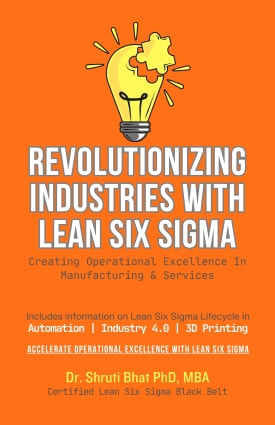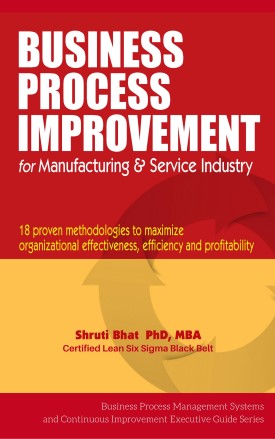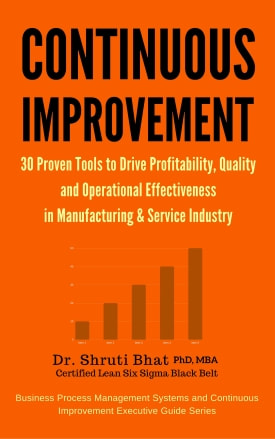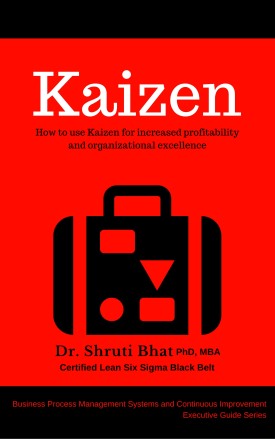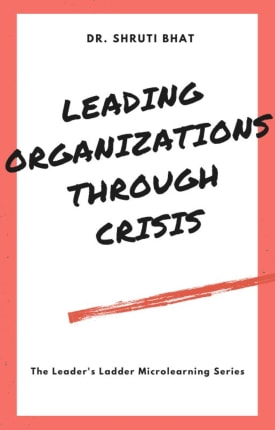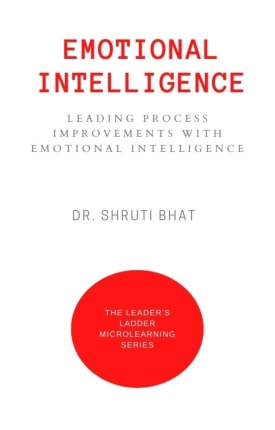Few days back, I read, that a company in The Netherlands launched a fully automated blood bank robot. The group claims that this robot simplifies the process of processing hundreds of blood donations each day.
According to the news report, this fully automated system can take over manual tasks such as sorting by blood groups and ingredients, sticking labels, scanning codes, etc. It automates the entire process and prevents any potential contamination or damage to the donated items. It is also highly ergonomic. Moreover, the system automates all process activities and saves time.
My take on this news is that a blood bank robot will surely improve healthcare process efficiency, especially- The Red Cross platelet shipping box, stem cell research, targeted drug delivery via RBC carriers, handling hospital emergencies and surgeries.
Advances in trauma care and open-heart surgery have increased the need for blood. As blood bank robot shortens the blood donation process; hopefully, this will translate in overall cardiac care process efficiency improvement.
As a passionate scientist in cardiac therapeutic research as well as a process efficiency expert, a fully automated blood bank robot is a welcoming news!
Lastly but not in the least, I take a moment to pay my regards to the ‘Father of the blood bank’- Dr. Charles Richard Drew, renowned surgeon and pioneer in the preservation of life-saving blood plasma.
Related Reading:
- Kaizen for pharmaceutical, medical device and biotech industries
- How to cut costs strategically using Kaizen
- Top 30 Continuous Improvement Tools
- How to Improve Operational Excellence in the Pharma Industry
- Top 10 Change Management models
- Continuous Improvement for Drug Industry: Part 1: Introduction to Digitalization in Pharmaceutical and Medical Device R&D.
Follow Shruti on Twitter, Facebook, YouTube, LinkedIn
Categories: Life Sciences | Operational Excellence | Healthcare
Keywords and Tags:
#bloodbankrobot #drcharlesricharddrew #redcrossplateletshippingbox #redcross #lifesciences #blooddonation #cardiaccare #fatherofbloodbank #bloodplasma #operationalexcellence #continuousimprovement #healthcare

